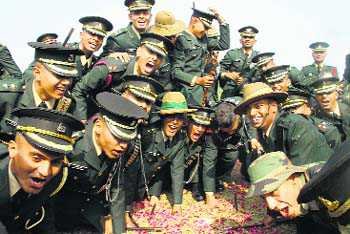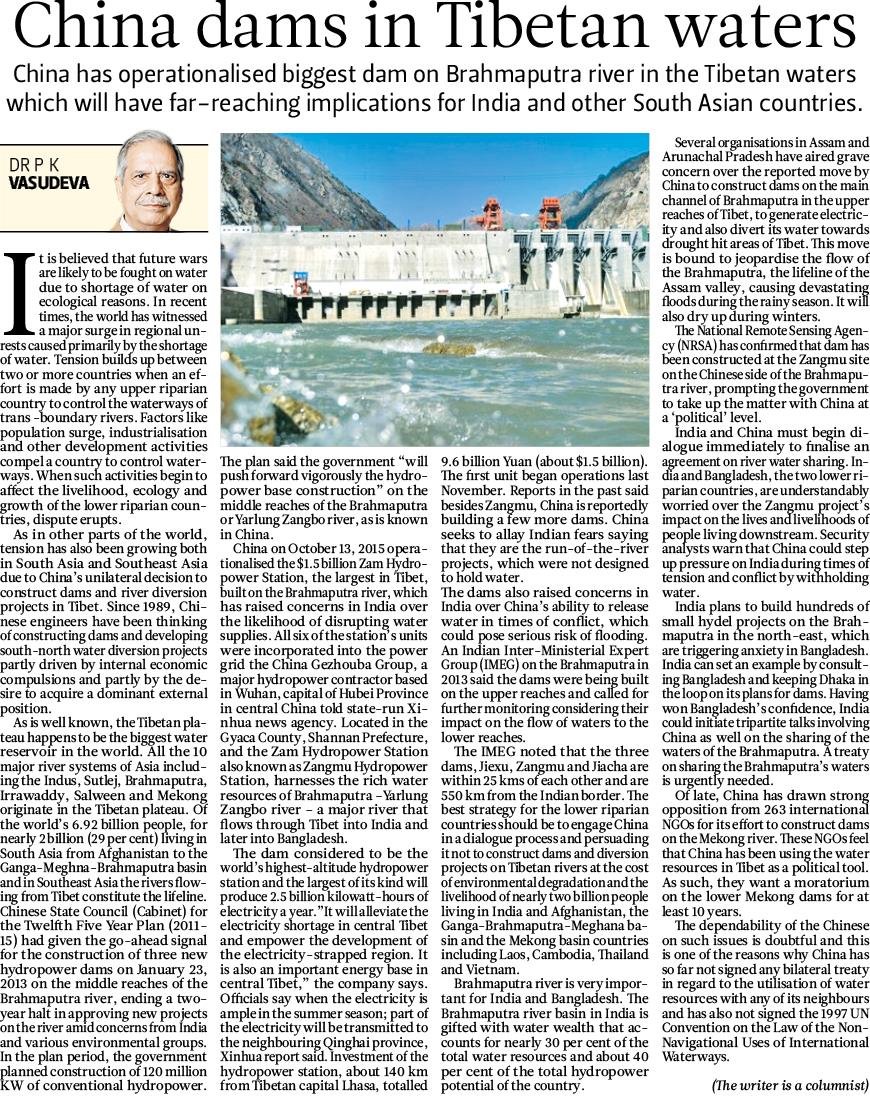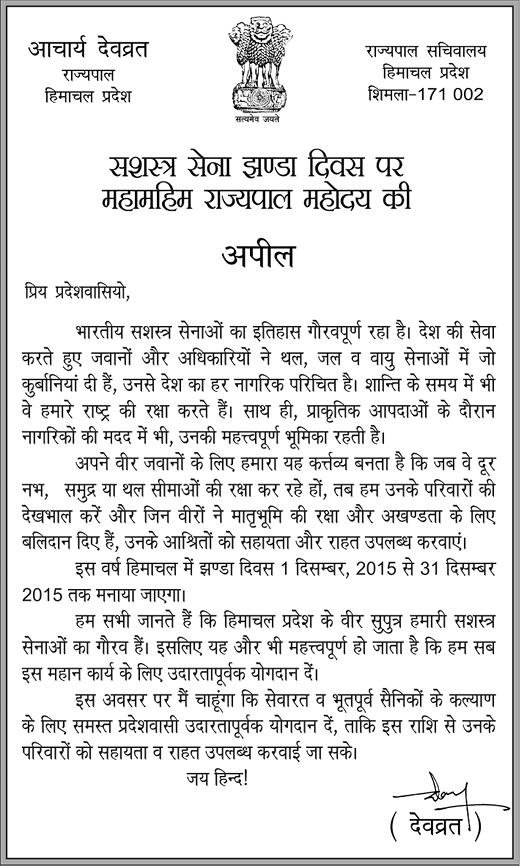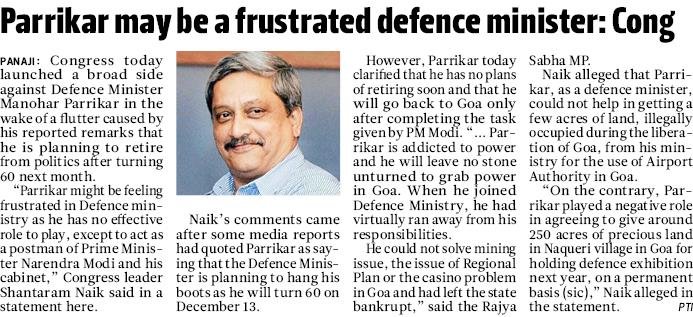Army believes 1962 debacle is done and dusted, ‘ghosts of war’ have been purged

Ajay Banerjee
At the India-China border 16,000 feet above sea level, two signboards signal a sea change in the two countries’ relationship since 1962. “India-China friendship — for a bright and glorious future” and “Two neighbouring civilisations — partners in progress” are the messages the two leading Asian economies greet the visitors with.Though a two-way trade of US $72 billion makes the two nations global competitors for oil and resources, a “maitri hut” (friendship hut) at Bum La unites them. Military commanders of both sides meet at the hut, a border personnel meeting (BPM) point, five times in a year along with a small civilian population — Tibetans — of either side. A brief cultural show follows and gifts are exchanged. India believes the debacle of 1962 is clearly done and dusted. “There can be no comparison of today with 1962. We are in fine fettle,” says Brigadier DS Kushwah, who commands a brigade along the Line of Actual Control (LAC).All along the 367-km route from Bum La to Tezpur in Assam, that headquarters Army’s 4 Corps, memorials of the 1962 war dot the landscape. The memorials start from Bum La, close to the LAC, where Subedar Joginder Singh of the 1 Sikh regiment earned his Param Vir Chakra. En route, a memorial at Jaswantgarh — north of the Sela Pass — tells the tale of how Rifleman Jaswant Singh Rawat of the Garwhal Rifles held his ground in face of the enemy. At Nyukmadong, the 1962 defeat glares in the face. At Tenga, headquarters of 5 Mountain Division, stands a memorial that holds an urn of Jawaharlal Nehru’s ashes. Nehru, largely blamed for the agreeing to the forward policy advocated by Lt Gen BM Kaul, had died in May 1965.At Tezpur stands the stone cast memorial mentioning the names of martyrs of 1962 and 1971 wars. Here, the transition from defeat to a complete military victory stands starkly. At the memorials, people pay tributes and life moves on.Along the way, stone bunkers of 1962 with rusted steel doors, dug a few feet into the ground, a relic of the ill-planned past, are barely visible but tell a story of lack of military preparedness. A book History of the Conflict with China, 1962, produced by the Ministry of Defence, and released for restricted circulation in March 1993, says, “Strategically, Tawang were indefensible, in 1962, against a major attack”.Today, Tawang and its northern areas are well defended. Troops live in heated accommodation, sleep on bunk-beds with foam mattresses, use imported sleeping bags, have wooden cupboards and fresh food.The book reminds how in September 1967, five years after the war, China got “a reply” in Nathu La, indicating that the “ghosts of 1962” had been purged. “The Chinese troops suddenly opened machine gun fire on September 11, 1967, inflicting heavy casualties…the GOC 17 Div — the redoubtable Sagat Singh — blasted the Chinese positions with 5.5 medium guns. The Chinese agreed to a ceasefire on September 16. They had lost 400 men killed or wounded as compared to Indian loss of 65 killed and 145 wounded,” the book reads.














































































